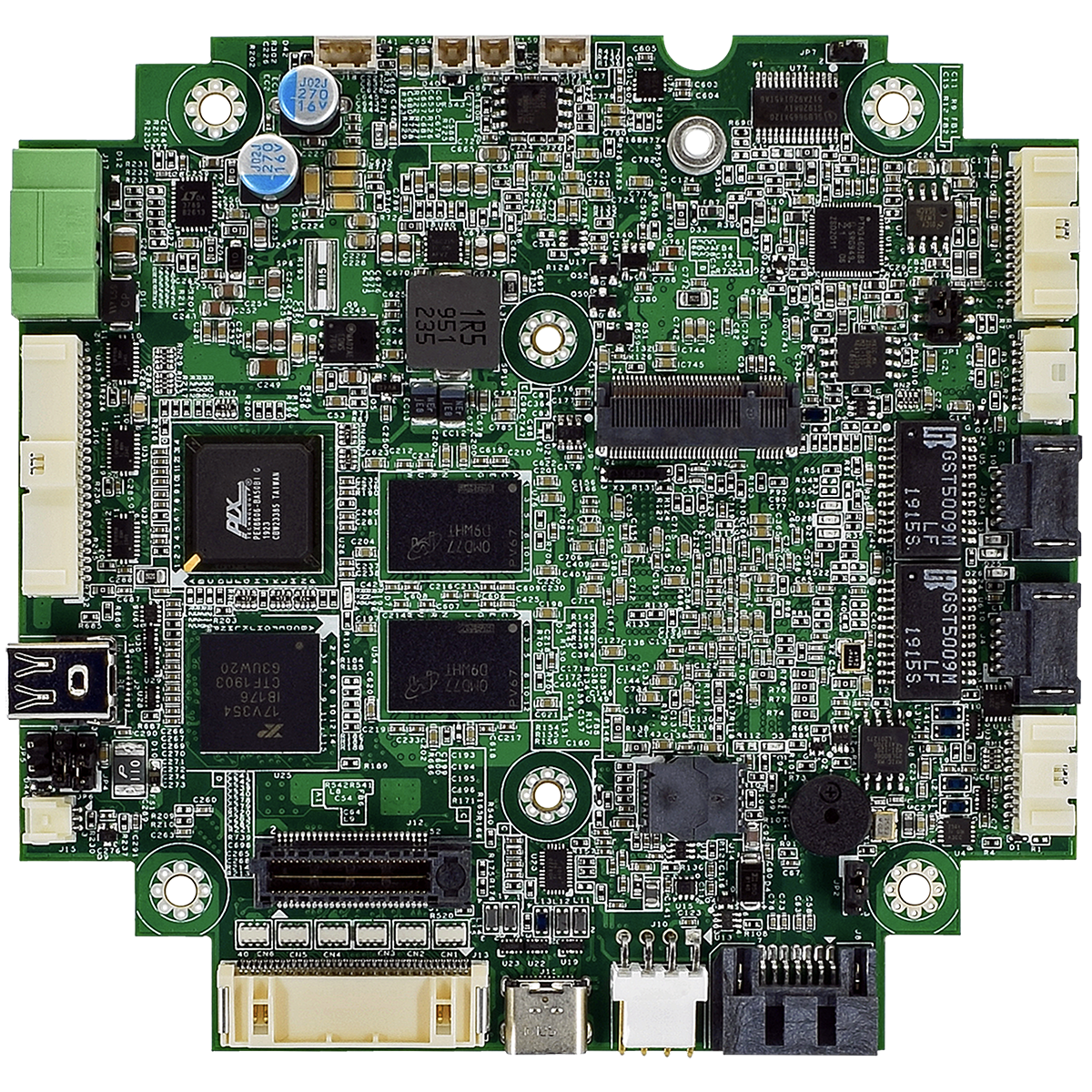
High reliability and highly reliable are two terms that are thrown around a lot in the embedded computing industry. Do they mean the same thing? No, they do not.
High reliability is a well-accepted term in the industry with a specific definition. Highly reliable, on the other hand, is far more subjective. That’s not to say that one is better than the other. The one you should be pursuing is the one that meets the needs of your specific application.
High-reliability has to do with the use of features, systems, or procedures to avoid failure in demanding circumstances or applications. In markets such as aerospace, aviation, or defense, high-reliability is dictated when the task or equipment is mission-critical and could put human lives at risk. For example, connectors certified for these markets are qualified or released to specific standards relevant to each application. They are amazingly robust, able to withstand the utmost in environmental extremes, and fully tested and inspected. Embedded computer boards follow similar guidelines.
Defining High Reliability
The term high reliability is often defined more by the types of environmental conditions encountered, and may also include unmanned and less life-critical functions. These factors include:
• Operating temperatures (both high and low extremes)
• Protection against shock and vibration
• Wear resistance
There was a time when companies selling into the aviation and defense markets had dedicated mil/aero business units. Today, it’s not unusual for suppliers to look at a broader application landscape. As you might expect, it’s easier to move a high-reliability embedded computer down into a mainstream application than going the other direction. That said, the price of failure, even in a non-mission-critical application can be very high. For example, having a piece of manufacturing or automation equipment go down for any length of time may not injure a human, but it can be quite expensive in terms of lost profits.
In some ways, high-reliability applications have become so broad that the question needs to be asked: where do mil/aero applications leave off and other high-reliability applications begin? This question is particularly relevant given the increasing use of commercial off-the-shelf (COTS) components. This can also serve as the jumping off point for the move from high reliability to highly reliable.
Highly Reliable May Fit Your Application
Highly reliable, unlike high reliability, is far more subjective. There is no official specification to document what is meant by highly reliable. Many manufacturers tout that their products are highly reliable, but each can, and likely does, have a different meaning for the term.

That’s not to say that a highly reliable embedded computer is not up to the task of a given application. For example, the WINSYSTEMS PX1-C441 single board computer (SBC) is more than capable for the demanding tasks in such applications as industrial control, transportation, Mil/COTS, and energy. The board can make that claim thanks to such specs as a -40°C to +85°C operating temperature range, up to 8 Gbytes of soldered down LPDDR4 system memory, and a proven PC/104 form factor.
Additional features of the PX1-C441 SBC include the use of Intel’s latest generation Apollo Lake-I dual- or quad-core SoC processors, support for multiple displays, and enhanced security through a TPM and cryptographic acceleration. A OneBank expansion connector allows for application-specific customization.
The bottom line is that your application will likely determine whether you need a highly reliable or high-reliability embedded computing platform. The experts at WINSYSTEMS can help you make the right decision and configure that system to fit your application’s requirements.
